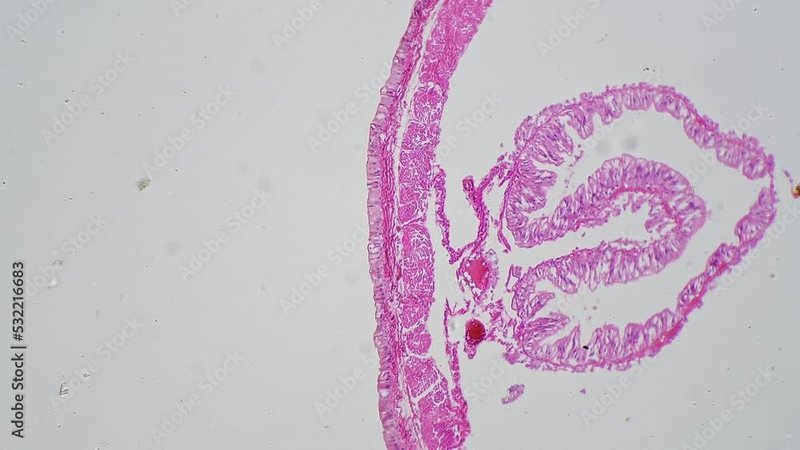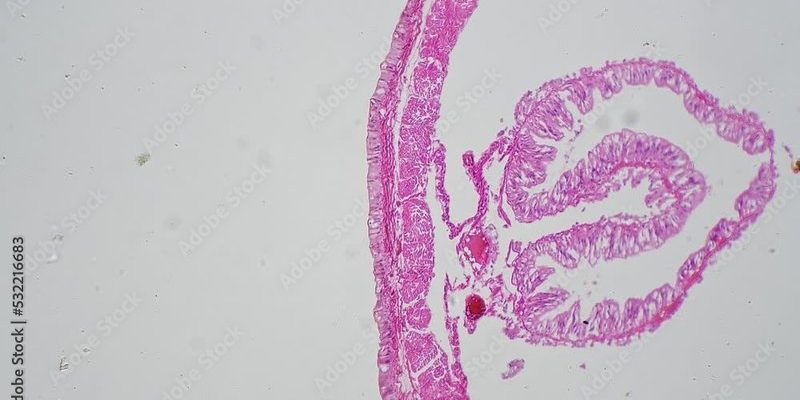
Microworms, which are actually a type of nematode, play a significant role in the food chain and are often used in scientific studies and aquaculture. By setting up a field camera, you can observe their behavior in a natural setting. Think of cameras like the ultimate detective tool—they capture moments and behaviors that the naked eye might miss. With brands like Canon and GoPro increasingly becoming popular for this type of observation, let’s dive into how you can document these fascinating little beings effectively.
What Are Microworms and Why Study Them?
You might be wondering what exactly microworms are. These tiny, transparent worms measure just about 1 mm in length and are often found in soil or decaying organic matter. They thrive in various environments, making them a great subject for study. Their quick reproduction cycle and ease of access can also make them a worthwhile focus for both amateur and professional researchers.
Studying microworms can reveal a lot about soil health and the ecosystem. For instance, if you notice a significant presence of microworms in a specific area, it might indicate rich organic material. Observing their behavior helps scientists understand their role in nutrient cycling and decomposition. It’s like piecing together a puzzle; each tiny worm plays a part in the bigger picture of the ecosystem.
Choosing the Right Field Camera for Observation
When it comes to documenting microworm behavior, selecting the right field camera is crucial. Look for models that are compact, offer high resolution, and have good stabilizing features. Brands like Canon and GoPro are excellent options due to their durability and image quality.
Here’s what to consider:
- Resolution: Aim for a camera that captures at least 1080p video. This clarity helps you discern tiny movements and behaviors.
- Zoom Capability: A camera with a decent zoom can help you focus on these minute creatures without disturbing their environment.
- Battery Life: You want a camera that can last through long observation sessions, so check reviews for battery endurance.
Taking the time to research and invest in a quality camera will pay off when you start editing your stunning footage.
Setting Up the Field Camera for Microworm Observation
Now that you’ve got your camera, let’s talk about how to set it up for observing microworms. It’s not as simple as pointing and shooting, but with a bit of planning, you can capture some incredible footage.
First, find a good location where microworms are known to thrive. This could be a compost pile, rich garden soil, or even a moist area near decaying leaves. Next, position your camera at a low angle—this allows for a more intimate view of the microworms in their natural habitat.
You might also want to consider lighting. Natural light is often best, but if you’re filming in a shaded area, you may need additional lighting to ensure your footage isn’t too dark. Remember to test your setup before diving into the full recording. This way, you can adjust for any issues like focus or framing.
Documenting Behavior: What to Look For
When observing microworms, you’ll want to document specific behaviors that can provide insight into their daily lives. These little critters can be surprisingly active, so keep an eye out for:
- Feeding Habits: Watch how they move around and interact with their environment. Are they clustering around certain areas of organic matter?
- Movement Patterns: Take notes on how they navigate their surroundings. Are they in a hurry or more leisurely? Do they prefer moving in groups or alone?
- Interactions with Other Organisms: Notice if they engage with other microfauna in the soil. This can shed light on their role in the ecosystem.
Let your curiosity guide you! Sometimes, unexpected moments can lead to the most fascinating discoveries.
Reviewing and Analyzing Your Footage
After you’ve gathered your footage, it’s time to take a closer look. Reviewing your video can feel like a treasure hunt. You might find behaviors or interactions you missed while filming.
When analyzing your footage, consider taking notes on the following:
- Behavior Patterns: Do certain behaviors repeat over time? Are they influenced by environmental changes?
- Comparative Analysis: If you filmed in different locations, compare the behavior of microworms in each area.
- Documentation: Consider compiling your findings into a report or video to share with others who are interested in soil health and ecosystem research.
This step is crucial, as it allows you to reflect on your observations and gain deeper insights into microworm behavior.
Common Challenges and Troubleshooting
As with any project, documenting microworms comes with its challenges. Here are some common issues you might face and how to handle them:
1. Poor Lighting: If your footage comes out dark, consider adjusting your camera settings or adding supplemental lighting to your setup.
2. Focus Issues: Microworms are tiny, so ensure your camera has a good macro setting to capture the details. If you’re having trouble, practice focusing on other small objects first.
3. Short Battery Life: If your camera dies mid-session, invest in an extra battery or consider using a power bank to keep it running longer.
Embrace these challenges; overcoming them is part of the learning process!
Final Thoughts on Your Microworm Journey
Documenting the behavior of microworms is not just a project; it’s an adventure into the microscopic world that often goes unnoticed. With the right field camera and some patience, you can uncover the fascinating lives of these tiny creatures.
You’ll gain a new appreciation for the complexity of nature and the roles even the smallest beings play in our ecosystems. Remember, it’s not just about capturing footage but understanding and sharing the importance of these little wonders. So grab your camera and get ready to explore—you never know what you might discover!

